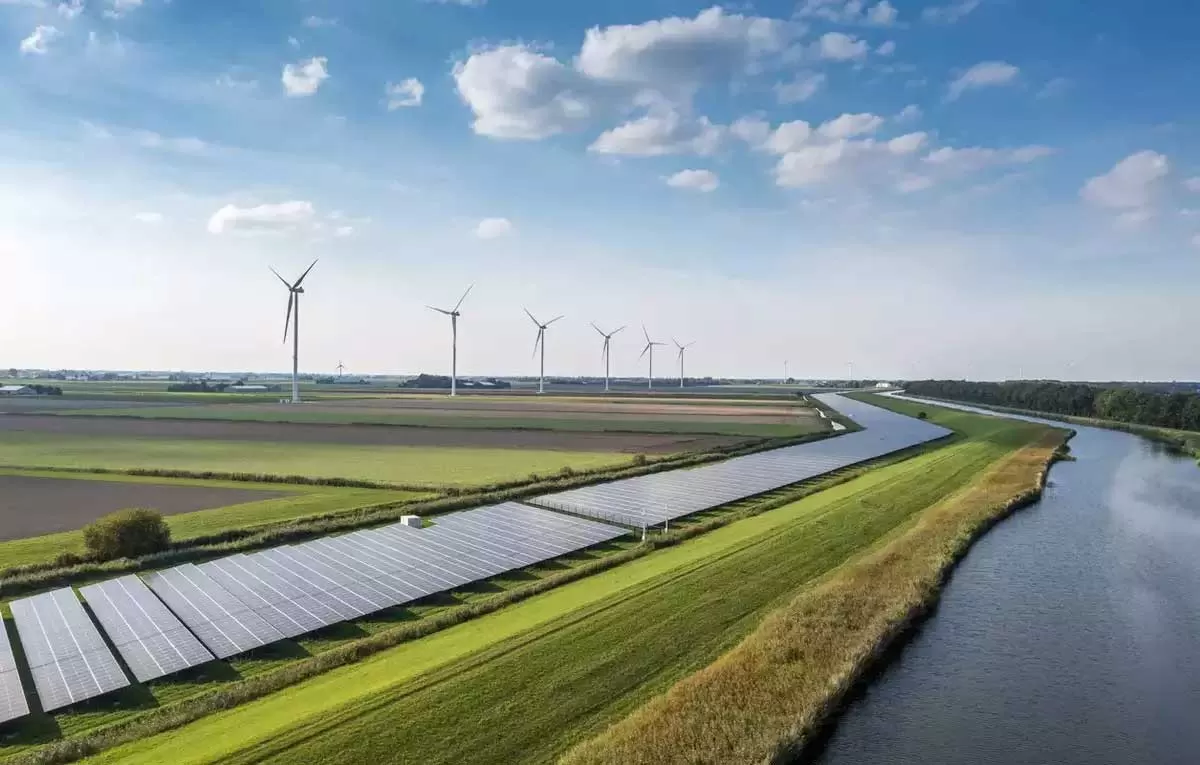- PE investments in India record a 36 per cent growth to Rs 59,100 crore in 2017 from Rs 17,200 crore in 2014 – all India
- Office assets see an investment of Rs 57,300 crore since 2011 – all India
- Rs 10,362 crore investment in Retail since 2011 – all India
- Warehousing has seen an investment of Rs 28,136 crores since 2014 of the total Rs. 28,822 crore since 2011 – all India
- Knight Frank India has launched the third edition of its Capital Markets report. Titled ‘Realty Asset Monetisation 2018 – An Overview’ the report deciphers the emerging trends in monetisation of real estate assets.
Key findings of the report:
PE investments across debt and equity:
PE investments across debt and equity shifted into a new paradigm post 2014 with the new government coming into power
PE investments grew at a CAGR of around 36 per cent from US$ 2.5 billion (Rs 17,200 crore) in 2014 to US$ 8.6 billion (Rs 59,100 crore) in 2017.
The average investment per deal increased almost 2.5 times from US$ 40 million (Rs 270 crore) per deal in 2011 to US$ 102 million (Rs 700 crore) per deal in 2017.
In the first six months of 2018, US$ 4.9 billion (Rs 33,700 crore) has been invested across 31 deals with an average investment per deal of US$ 158 million (Rs 1,080 crore) almost four times the average investment per deal in 2011.
While PE investments into residential sector languished, investors flocked to the commercial assets.
Investments into office grew steadily; but warehousing sector witnessed significant traction.
PE investments into equity across commercial assets:
Office
- US$ 8.35 billion (Rs 57,300 crore) has been invested into office assets since 2011.
- Developers have pocketed 95 per cent (US$ 7.9 billion or Rs 54,145 crore) of the total investments into office assets.
- 89 per cent of total office investments was into ready assets.
- Capitalisation (Cap) rates for good quality rent yielding office assets have compressed from 10-12 per cent in 2011 to 7.5-8.5 per cent in 2017.
Retail
US$ 1.51 billion (Rs 10,362 crore) has been invested into retail assets since 2011.
Many developers in the top metros of India who are not in need of funds are still holding on to their most sought-after retail assets, as the anticipated rent growth in the mall is higher than contractual terms.
As some of the malls are now defunct due to various incorrigible issues, 46 per cent (in terms of area transacted) of the equity investments have gone into new development and under-construction retail assets.
Capitalisation (Cap) rates for good quality rent yielding retail assets have compressed from 11-13 per cent in 2011 to 6-8 per cent in 2017.
Warehousing
Policy reforms have catapulted the sector into a new trajectory post 2014
US$ 4.2 billion (Rs 28,822 crore) has been invested into the organised warehousing sector since 2011. Out of which US$ 4.1 billion (Rs 28,136 crore) has been invested since 2014.
Warehousing assets require very less amount of time (around 12-18 months) to construct compared to office and retail assets, hence 72 per cent of total investments was into greenfield projects.
Going forward
Will the cap rate compression continue?
In short-term the cap rates are unlikely to compress further.
Rising G-sec yields and policy rates would add upward pressure on cap rates.
In the long-term, on account of strong macro fundamentals, we believe that the cap rate compression would happen.
Scouting for the next set of opportunities for Private Equity in real estate:
Making the Non-Performing Assets perform
- NCLT throwing up new opportunities
- If non-core assets of non-performing assets can be separated from the core business, a large amount of value unlocking can happen, leading to smaller haircuts for banks.
Using asset sales to shore up banks’ capital reserves
- A large number of public sector banks are in dire need of capital infusion
- Government’s budgetary support has been inadequate
- The banks can go for sales and lease back of their assets to shore up their capital positions
- As the risk would be low, tenants would be PSBs and leases would be long-term, a large number pension funds would be interested, and transactions can happen at a lower cap rate we have witnessed till date.
Fully compliant assets the need of the hour
- As Indian real estate space is witnessing interest from globally renowned investors, several deals are facing challenges due to violation of construction norms in the assets
- These investors do not want to get associated with non-complaint assets and deal are stuck.
Green buildings – the next destination
- Globally, the acceptance of green buildings has been very evident with occupiers as well as investors
- In India, there is still some time before the change becomes pervasive. Developers should focus on constructing green buildings despite higher initial cost, as in the future the occupiers as well as investors would scout for such assets.
Using technology in retail
- The investors who have exposure to retail assets across the globe and in India are of the view that in India, the retailers are not implementing many aspects of data analytics used globally
- By implementing some of aspects of data analytics used globally, the retailers/developers would be able to enhance the shopping experience and increase the sales despite the threat from e-commerce.
Shishir Baijal, Chairman & Managing Director, Knight Frank India, said “The real estate industry has been through a churn over the past few years due to a slew of structural reforms like demonetisation, GST and RERA. This led to a reduction in investment risk perception coupled with availability of matured assets, resulting in a record Rs 57,300 crore worth of PE investments being witnessed in 2017 alone. The investments which include platform deals and commitments have grown at a CAGR of 36 per cent from 2014 to 2017. The exuberance continues in the current year with Rs 33,700 crore already being invested in the first half of 2018. While office market has continued to remain strong, a closer look indicates that the once overlooked segments of retail and warehouse have seen a renewed interest from global institutional investors.”
Read the full report here.

















